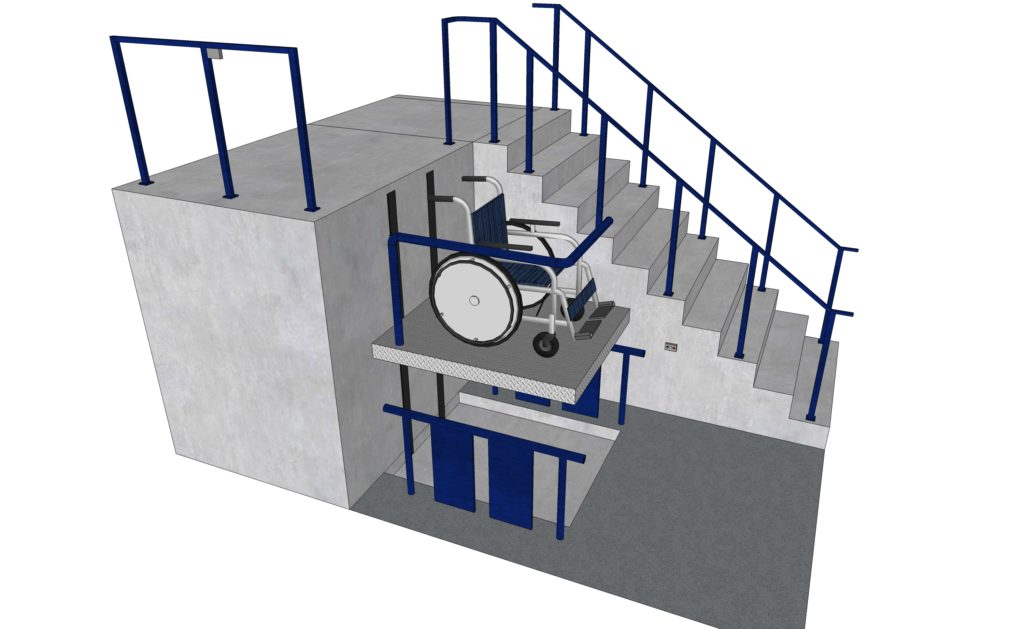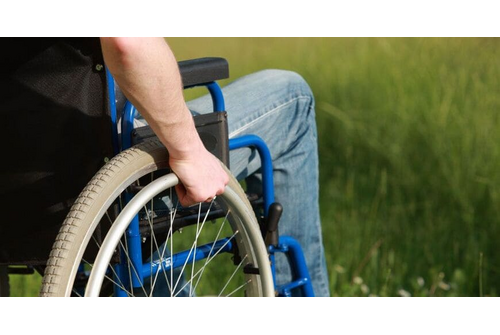All wheelchair elevators fall into two broad categories: mobileand stationary. The first are small in size, do not require pre-installation and are suitable for use almost anywhere. At the same time, they are not suitable for serving the large flow of people with low mobility. The stationary elevators help to solve this problem, providing users with such advantages as:
Types of stationary wheelchair elevators and their purpose

- complete safety;
- easy handling;
- ride comfort;
- Ability to move even between levels of multi-storey buildings.
The last point is the most important, because mobile elevators are virtually unsuitable for such tasks.
Types of stationary wheelchair elevators
Stationary lifting devices are divided into several varieties. One of the most common are platforms with vertical movement. They allow you to lift wheelchairs at level differences up to 2.5 m, which makes them widely used in socially-oriented buildings. Certain models of vertical lifting platforms, working as an elevator, make it possible to move between the floors of multi-storey buildings. Installation of such devices is allowed both in internal shafts and on the outside of walls (inside self-supporting frames).
No less popular are inclined elevators. They are installed parallel to the stairs and provide lifting of people with low mobility together with wheelchairs from one platform to another. This type of lifting devices is characterized by simplicity and speed of installation, as well as ease of maintenance. Depending on the travel distance and frequency of use, they can be equipped with both mechanical and electric drive.
The third type of elevator is automotive, designed exclusively for boarding/disembarking disabled people in minibuses, buses, trolley buses and trains. If necessary, the equipment is unfolded and provides free entry for a wheelchair. When folded, it retracts and does not block the aisle. Installation of such a lifting device is possible both on the back and on the side doors of vehicles.
The fourth type of equipment, which also has a special purpose, are elevators for baths and swimming pools. They are used in rest homes, recreation centers and rehabilitation centers. Structurally, these devices are racks with a boom length from 1 to 3 meters. For safe movement of people with limited mobility a special suspension is used or the fixation of a wheelchair is applied. Elevators of this type are powered by an electric drive.
To increase reliability, efficiency and ease of handling, many hoists come with optional equipment. These include overload sensors, door interlocks, guard rails, emergency descent systems, redundant controls and other useful options.


